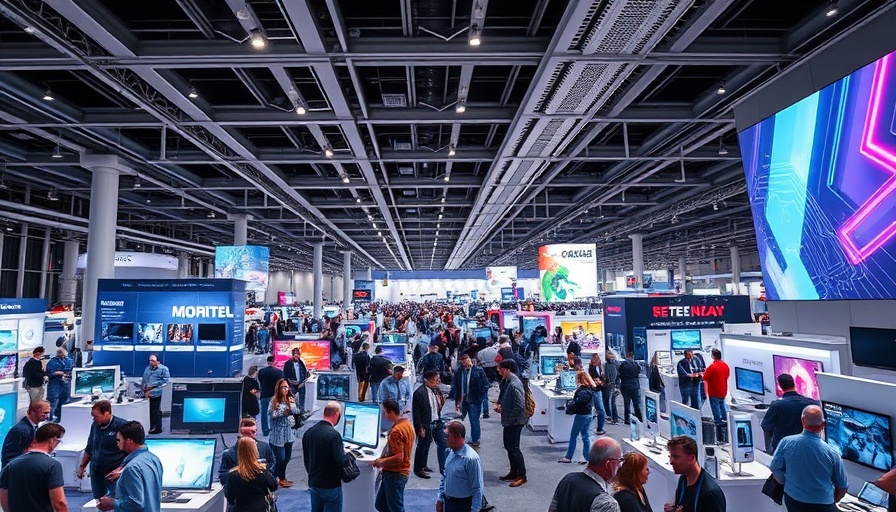
Transforming Software Factories into Intelligence Engines
The landscape of software development is evolving rapidly, and with it comes the opportunity for organizations to redefine what a software factory can be. Instead of a place where lines of code are churned out, modern software factories can become intelligence engines that leverage data analytics and automation to improve processes, decision-making, and product quality. This transformation is crucial in today's fast-paced digital world where the ability to deliver software quickly and reliably can be the difference between success and failure.
Understanding the Shift to Intelligence Engines
Throughout history, the role of software development has shifted from simple batch processing to complex cloud environments where agility reigns. The concept of an 'intelligence engine' embodies the integration of analytics, machine learning, and artificial intelligence into the software development lifecycle. By utilizing these technologies, organizations can enhance predictive capabilities, improve testing processes, and automate routine tasks.
Why Data Matters for Modern Development
Data is the lifeblood of any modern software factory. Agile DevOps methodologies emphasize the use of real-time data to inform decisions. Gathering insights on user behavior, application performance, and even code quality allows teams to address issues before they escalate. Organizations can proactively adapt their strategies to better meet customer needs and enhance their product offerings. This data-centric approach is vital for creating applications that not only function but thrive in the market.
The Role of Automation in Agile DevOps
Automation plays a key role in transforming the software factory into an intelligence engine. By implementing DevSecOps practices, which integrate security into the software development process without sacrificing speed or quality, organizations can streamline workflows and enhance security protocols more efficiently. This proactive approach to security ensures vulnerabilities are identified and rectified in real-time, rather than after the fact, fostering a more robust application.
Real-World Applications and Benefits
Leading organizations are already reaping the benefits of transforming their software factories into intelligence engines. Companies that have embraced agile methodologies and invested in intelligent DevOps prioritization have seen significant improvements in their release cycles, with some noting reductions in time-to-market by up to 50%. This enables teams to experiment and innovate quickly while ensuring that security and quality are never compromised.
Encouraging a Culture of Continuous Improvement
For companies seeking to cultivate an intelligent software factory, a cultural shift is necessary. Encouraging a mindset geared toward continuous improvement, experimentation, and learning from failures is essential. Leadership must support this transformation by fostering an environment where teams can openly share insights and challenges, thereby promoting collaboration across departments. This cooperative spirit not only enhances team dynamics but contributes to the overall success of the software development process.
Future Predictions: What’s Next for Software Factories?
Looking ahead, the future of software factories lies in further embracing the principles of Agile DevOps while integrating cutting-edge technologies like AI and machine learning. As these technologies become more refined, we can expect even greater efficiency in software development, allowing organizations to innovate faster than ever. The ability to analyze vast amounts of data in real-time will help teams anticipate market shifts and user preferences, keeping them ahead of the competition.
Conclusion: Embracing Change in Development
Turning software factories into intelligence engines is no longer an option but a necessity for companies wishing to remain competitive in the digital age. By embracing data-driven insights, automation, and a culture of continuous improvement, businesses can not only enhance their development processes but also drive innovation and growth.
 Add Row
Add Row  Add
Add 




Write A Comment